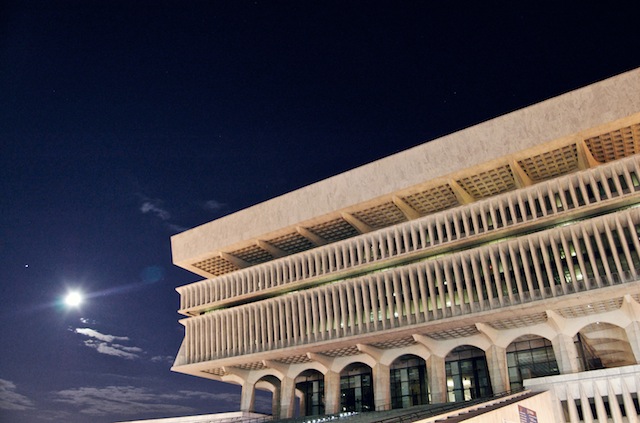Albany 2030: A Participants Guide

[tweetmeme]Those of you who are reading this must for some reason be interested in Albany, or at least the surrounding region. With this being said, shouldn’t you be the one deciding how the city develops? Your input is essential to the creation of a fully voiced public opinion based comprehensive plan, the guide and frame for our little beloved city.
To start lets just get acquainted with a hyper brief synopsis of planning in the United States since its early years of land grants from the kings and queens in Europe to popular new High Speed Rail issues the news is currently exploring. Since the 1700s when dense population enclaves began sprouting up all over the new world country side, plans aimed to control the growth of our built environment grew out of necessity and intrigue. As these urban territories expanded so did issues pertaining to health, transportation, safety, public service, etc. Places like Philadelphia and Washington D.C. are some classic examples while we look at Portland, Chattanooga, and St. Paul – Minneapolis Metro as some of the more tangible representations of these structured growth plans. In the 1800s the United States government decided that planning was important thus a federal stipend was allotted to state governments allowing the appointment of officials to direct the growth of developing areas.
With what little history we need to have knowledge of, the simple fact that the City of Albany has never had its own comprehensive plan before is amazing. A fully staffed development and planning department in city hall, yet we have no comprehensive plan for these officials to follow. It is up to us to help write this plan, and with Albany 2030 we now have our spotlight to shine on the issues we feel are the most critical.
As an informed citizen taking the first step at participating may be somewhat daunting, but all that one has to do is think about where they live and explore the ideas that you feel may be beneficial to the area. For example in the College Ghetto, not being a full-time resident, but just a partial weekender to that little place in the city where some of our budding academic superstars end up on textsfromlastnight.com, couldn’t we all agree that a handful of the sidewalks are in less than ideal condition? How about their attempted deterrence of crime with the use of “Operation Safe Corridor”? Wouldn’t you think it’d be almost as smart to increase the amount of street lights so that our long-awaited slow walks home felt just a smidgen safer. In any case of your opinion these are the types of issues that are spoken to with a comprehensive plan, in a somewhat less pinpoint fashion but nonetheless, addressed.
Some things to consider:
Health – This can range from renovating existing storm water collection infrastructure to the prohibition of further development that could strain an already less than stellar water source.
Public Safety – Manifesting itself in the many different forms, safety can potentially be identified as the concentration of development within a certain fire district, to the visibility of cross walks, and pedestrian/ bike share way signage. The comprehensive plan can be used in an example situation to highlight the use of layout patterns that can begin to lower the amount of unmonitored alleys, and other high-crime places.
Economic Goals and Fiscal Strength – How a city implements the plan we have decided to create has in large part to do with the amount of money they are either willing or not to spend. It is in our best interest to help the city develop a plan that has room and goals associated with economic activity. Plus with more businesses in our city, jobs come to us as a plus.
Environmental Protection and Sustainability – Currently one of the buzzwords in the world is sustainability and for good reason. Protection of places like wetlands, and forests, as well as the increase of public green spaces is one of the key goals in many municipal comprehensive plans. Maybe in your exploration of the issues our city faces should include development patterns that ease the necessity of a car, or the proposal of an Eco-industrial park. IT could also increase the city’s development and promotion of parks.
Think about what you want to see in the community and let your voice be heard. It’s up to you to love where you live, and have your say.
The next public seminar and community forum is this coming Thursday 9/30/10 from 6;30pm to 9:30pm. All are welcome and encouraged to participate. There apparently with be a prize as well at the end.
Photo: Andrew Franciosa
